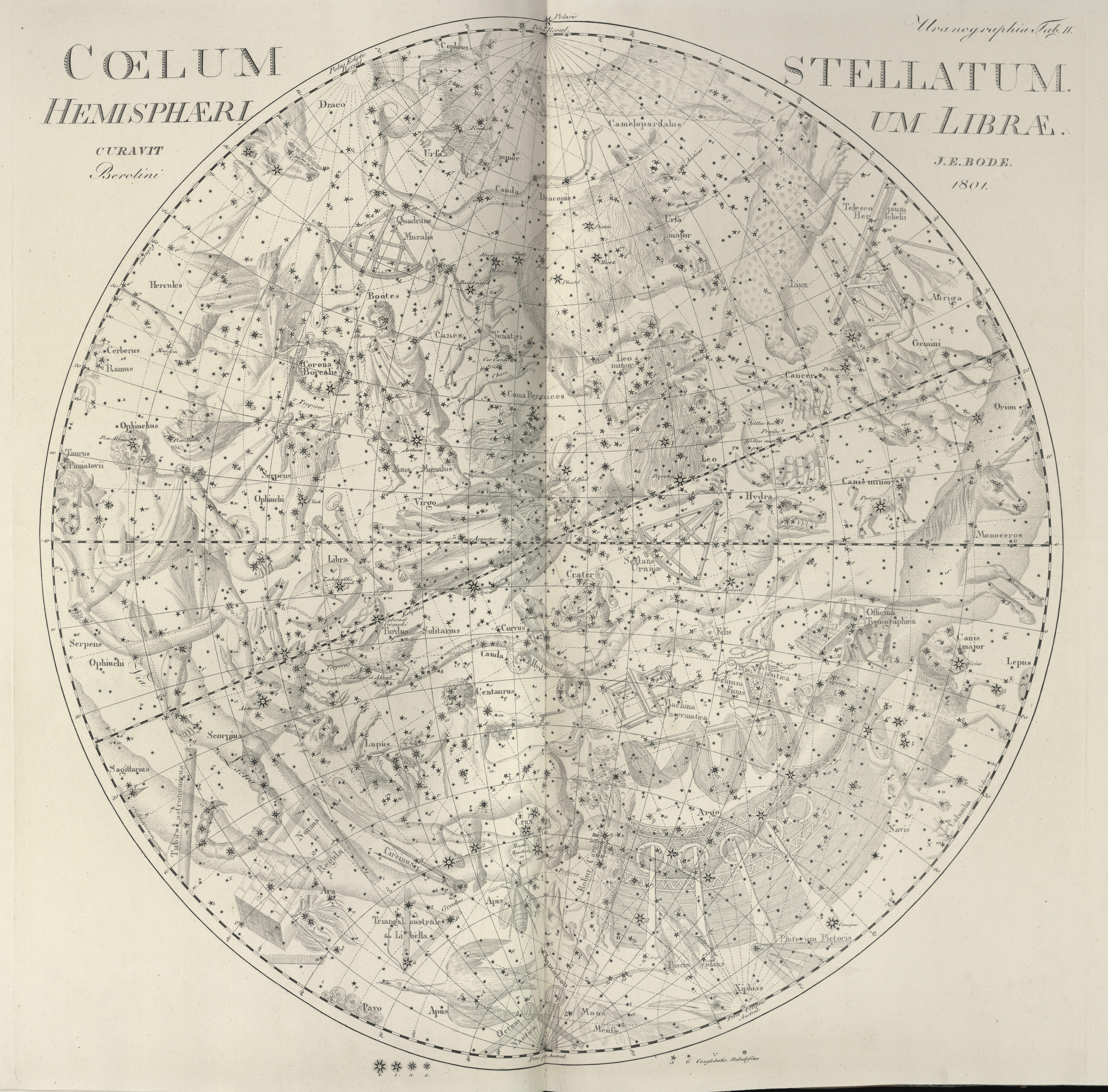Cru - Crux the Southern Cross
Intro and Visual description
When looking for the Southern Cross, beware of two similar asterisms nearby, both of which point more toward the Large Magellenic Cloud (in the constellation Dorado) than toward the south celestial pole:
- The Diamond Cross (in Carina).
- The False Cross (between Carina and Vela).
The real Crux has two unmistakable marks, which will help you be sure you’ve found the real thing:
- Coal Sack. This "dark nebula" of opaque, non-luminescent gases, blots out the brightness of the Milky Way. In the 19th century, James Froude regarded it as "the inky spot--an opening into the awful solitude of unoccupied space."
- Pointers: Forefeet of Centaurus: Hadar (closest); and Rigil Kentaurus (foot) = alpha-Centauri.
Southern Circumpolar Motion: Crux vs. Ursa Major
- The axis of Crux points toward the south celestial pole, or just off of it. Acrux, the star nearest the pole, is the same distance from the south pole as the star Dubhe, a pointer of the Big Dipper, is from the north pole.
- From 35 degrees south Crux grazes but does not dip below the horizon, just as from 35 degrees north latitude, the Big Dipper grazes but does not dip below the horizon.
- Crux moves in a circle around the south pole every 24 hours, just as the Big Dipper moves in a circle around the north pole every 24 hours.
- Crux culminates at midnight near the end of March. When the Big Dipper is high in the sky for northerners, Crux is high in the sky for southerners. When one is low, the other is low. When one is halfway up on one side, the other is halfway up on the other side.
- Crux moves around the south celestial pole in a clockwise direction, while the Big Dipper moves around the north pole counterclockwise. Crux has been called the "Southern Clock."
Origin and History
Created by Amerigo Vespucci in 1503, along with Triangulum Australe.
Skylore, Literature and Culture
Once part of the constellation Centaurus, Crux was separated by early modern explorers. Crux now lies tucked underneath the belly of the Centaur, and is the smallest of the 88 constellations. Located within the Milky Way, its five main stars form a "crosse so fayre and beutiful, that none other hevenly sygne may be compared...", wrote Andrea Corsali in 1517. Because of the splendor of Crux, South America was once called the "Land of the Holy Cross."
Dante wrote, in the opening canto of Purgatorio, of four stars near the southern pole (representing the four civic virtues). Later commentators have interpreted these as referring to Crux (although this is doubtful):
The lovely planet, love’s own quickener,
Now lit to laughter all the eastern sky,
Veiling the Fishes that attended her.
Right-hand I turned, and, setting me to spy
That alien pole, beheld four stars, the same
The first men saw, and since, no living eye;
It seemed the heavens exulted in their flame--
O widowed world beneath the northern pole,
Forever famished of the sight of them!"
Key:
- The lovely planet = Venus
- Fishes = Pisces
- Alien pole = south celestial pole
- The first men = Adam and Eve before the expulsion from Eden
Due to precession, Crux was visible from London about 3,000 B.C. Now it is entirely invisible north of Texas, or 35 degrees north latitude. Dante’s reference to "widowed world beneath the northern pole" seems especially apt, since the sight of Crux was once ours, but now is lost. Due to the same precessional motion, coincidentally, the Southern Cross was last seen from the latitude of Jerusalem in the century when Christ was crucified.




